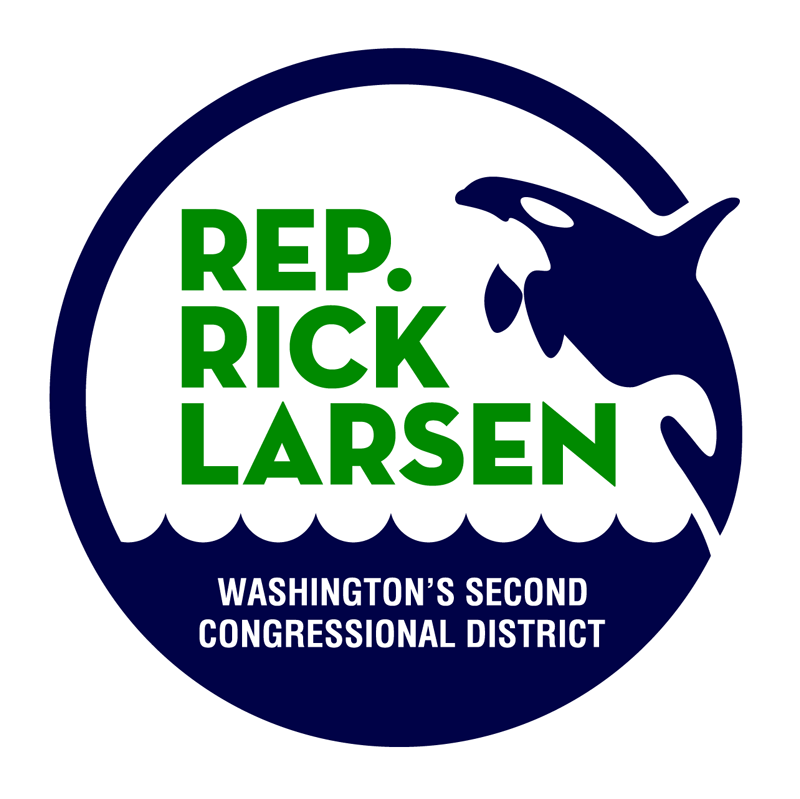Press Releases
Larsen Scores Win for Puget Sound Restoration
Washington, DC,
October 23, 2013
Provision Would Triple Impact of State Dollars Spent on Bridges in Ecosystem Repair Projects Rep. Rick Larsen, WA-02, secured critical legislative language to aid Puget Sound restoration efforts in a bill expected to pass the House of Representatives today. The language allows the U.S. Army Corps of Engineers to spend more on ecosystem restoration efforts throughout the Puget Sound. “Puget Sound wetlands are more than just homes to fish and birds,” Larsen said. “They’re the foundation of a huge part of our economy. We need to preserve them for future generations. My provision will triple the impact of the dollars that Washington state spends on bridge repairs that improve the ecosystem.” The Puget Sound Nearshore Ecosystem Restoration Project has identified nine bridges in need of replacement or removal as part of their work to restore ecosystems throughout the region. The Army Corps of Engineers has indicated they will require the state to bear the full costs of those repairs, following a standard that is only supposed to apply to flood control projects. Larsen’s language, included in the committee report for the Water Resources Reform and Development Act of 2013, asks the U.S. Army Corps of Engineers to determine whether these bridge removals or alterations are integral parts of the ecosystem repair. If so, Congress directs the Army Corps to issue new guidance that would bring the state’s cost-share down from 100 percent to 35 percent. “Poorly placed bridges are a major impediment to our state’s efforts to restore the nearshore environment of Puget Sound,” said Lisa Veneroso, assistant director of the Washington Department of Fish and Wildlife’s habitat program. “Often the cost of restoration projects that include bridge work is beyond what the state can afford on its own. We greatly appreciate Rep. Larsen’s efforts to clarify the Corps’ financial responsibility and move our state’s restoration effort forward.” Larsen is a senior member of the House Transportation and Infrastructure Committee, which has jurisdiction over the bill. The text of Larsen’s report language follows: When identifying the costs of construction for navigation projects, the Corps of Engineers, pursuant to the Act of June 21, 1940 (more commonly known as the Truman-Hobbs Act) considers the cost of highway and railroad bridge alterations or removals as construction costs, eligible for cost share. However, for flood control projects and ecosystem restoration projects, local sponsors are currently required to pay the entire cost of a bridge alteration or removal as a non-federal responsibility to provide all lands, easements, rights-of-way, disposal areas, and relocations, pursuant to section 103(a) of the Water Resources Development Act of 1986, as amended. While that specific section is notably applicable to only flood control projects, the Corps has applied this responsibility broadly to other project purposes, such as ecosystem restoration purposes, as well. Bridge alterations and removals can be essential components of ecosystem restoration projects, such as related to large-scale ecosystem restoration projects in the Pacific Northwest. As such, the Committee encourages the Secretary to explore whether such alterations and removals should, like navigation projects, be considered as part of the costs of construction of an ecosystem restoration project, and to report to the Committee on its findings. If the Secretary determines that such alterations and removals are integral to meeting the goals of ecosystem restoration projects, the Secretary shall develop new guidance for ecosystem restoration projects that fits their unique needs. |
